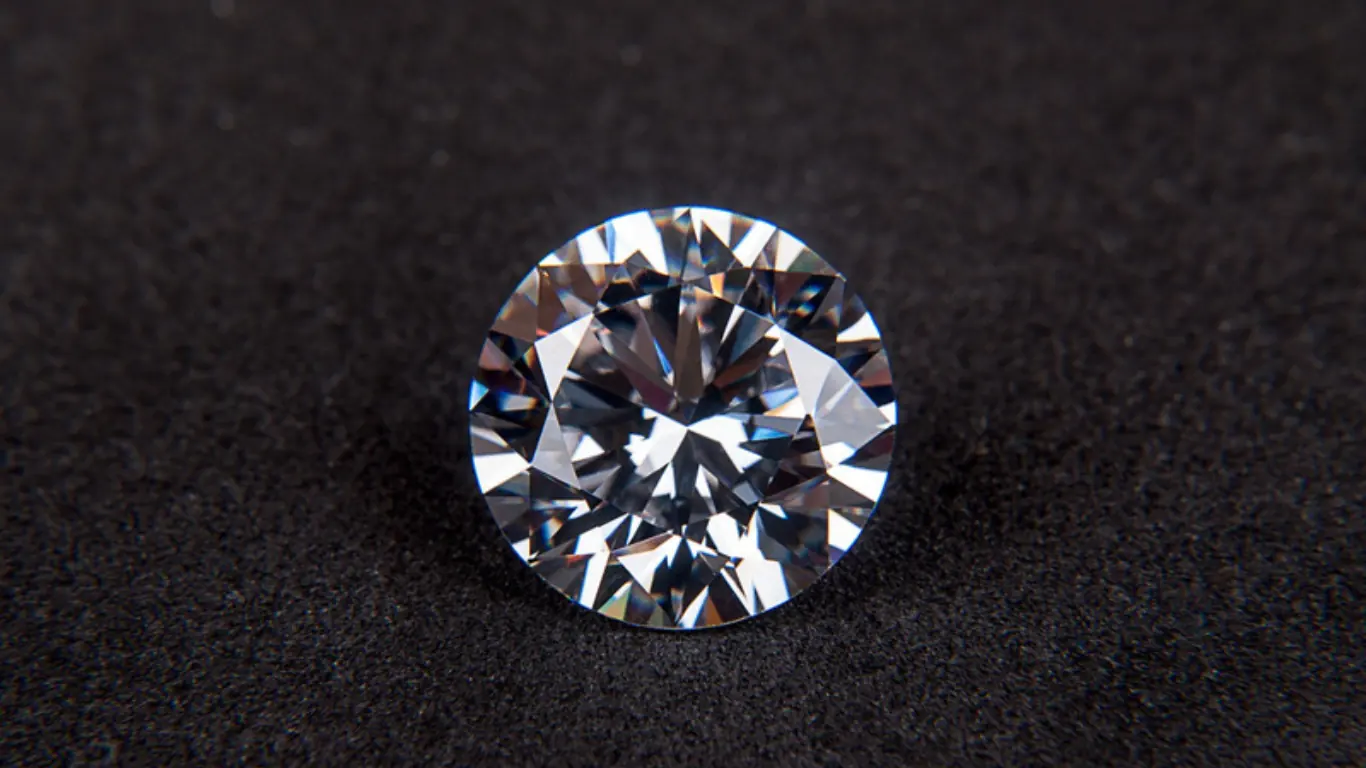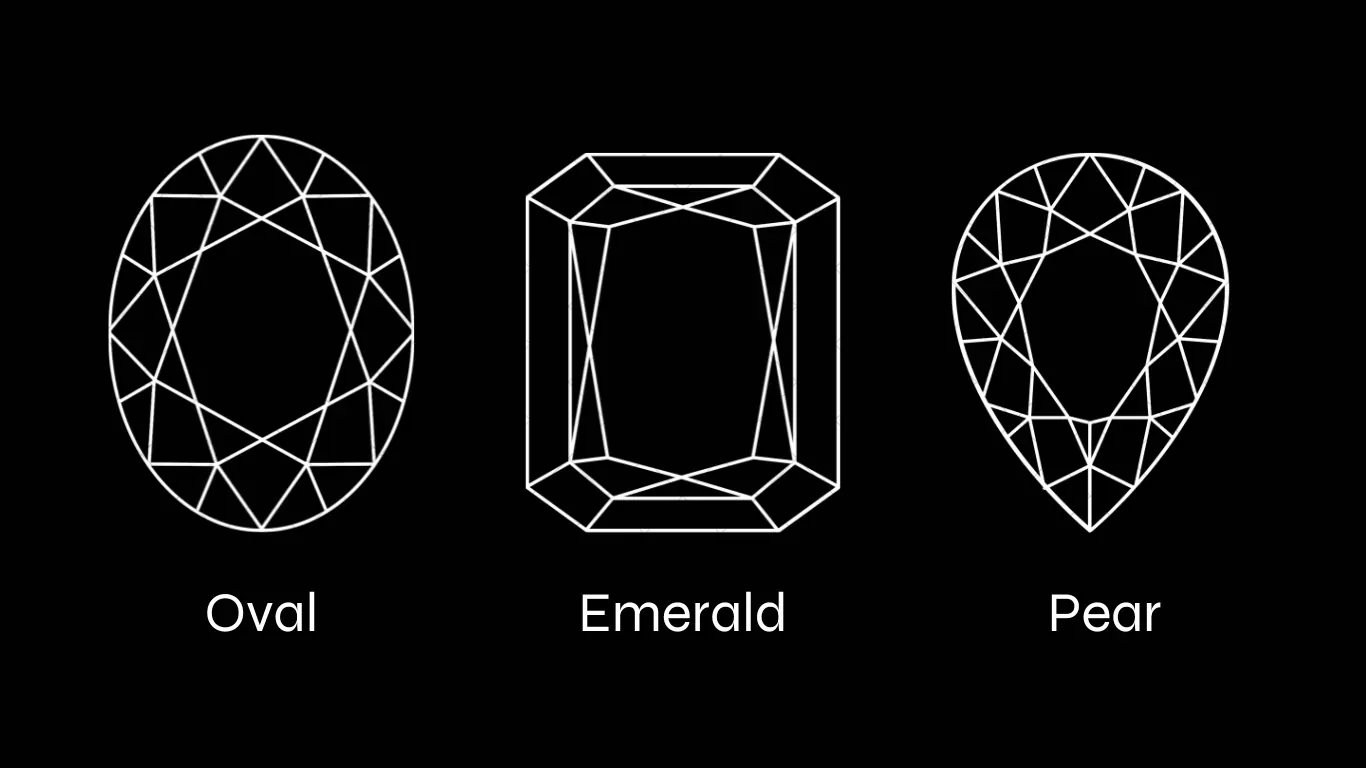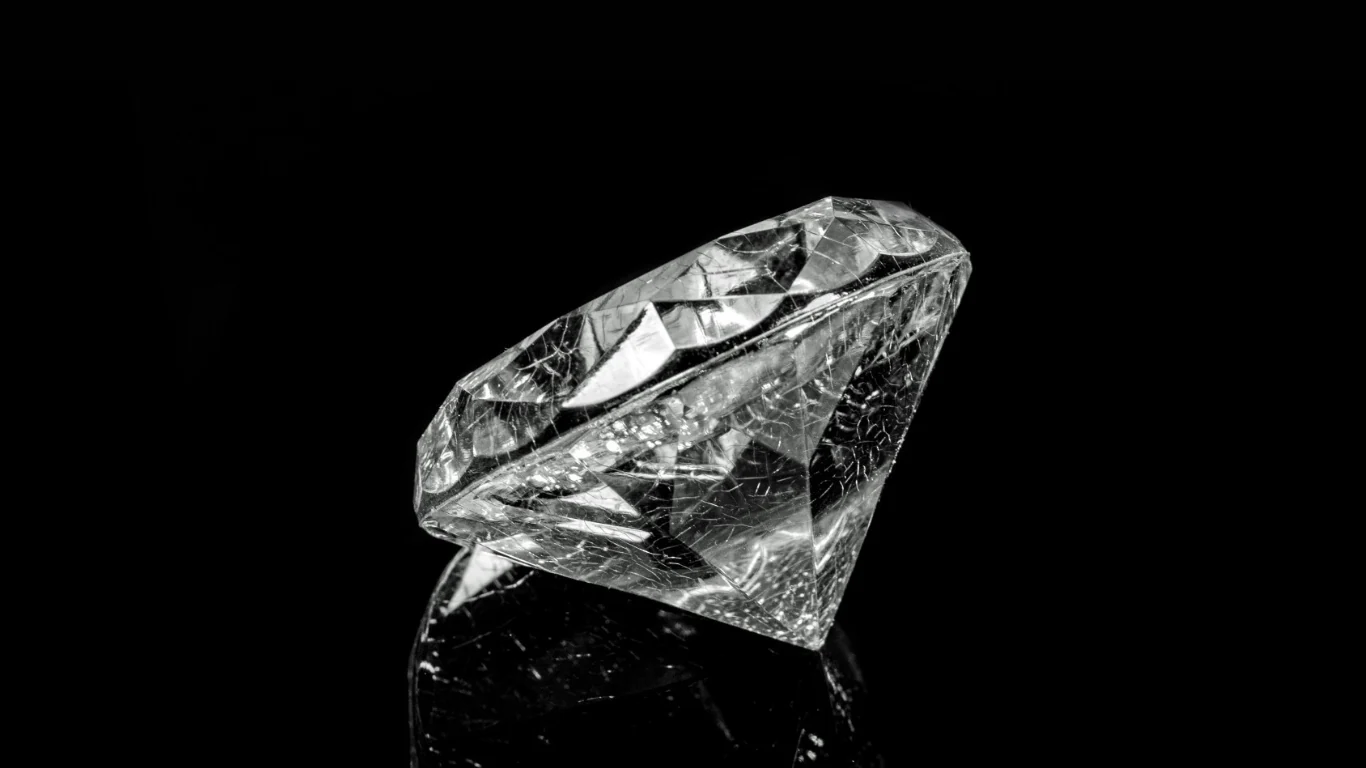Have you ever thought about what makes some diamonds just feel more right than others? That’s a symmetry in diamonds. Symmetry in a diamond is how well its sides and angles match up. Suppose both sides look like mirror images of each other, with all the little flat surfaces (we call these facets) lining up nicely, that diamond has good symmetry. It’s like everything is in its right place, making the diamond look balanced and neat. Good symmetry means the diamond can catch light better, making it sparkle more.
1. Symmetry is About Balance
Symmetry in diamonds is all about how well the diamond’s cut and facets (the flat surfaces) match up and balance each other. A diamond with good symmetry will have facets that are well-aligned, meaning the diamond will look more balanced and pleasing to the eye. According to GIA, symmetry in diamonds is rated from “Excellent” to “Poor” depending on how noticeable the flaws are when you look at them really close up, like through a magnifying glass that makes everything look 10 times bigger. If you can’t see any mistakes easily, the diamond gets a higher score. If you can spot issues without much trouble, it scores lower.
2. It Affects How a Diamond Shines

If you wonder why some diamonds shine brighter than others. A lot of that has to do with symmetry. When a diamond is cut with high symmetry, light can go through it better. This means the diamond will sparkle more. If the symmetry is off, the diamond might not catch the light as well, making it look less sparkly.
3. Not All Diamonds Have Perfect Symmetry
It’s pretty rare to find a diamond with perfect symmetry. Most diamonds have some flaws in symmetry, but that doesn’t always mean they’re not good. In fact, small imperfections can make a diamond unique. However, diamonds with better symmetry are usually more sought after and can be more expensive. The thing is, it’s really hard to spot the difference between diamonds that are labeled as having “Good” symmetry and those that are called “Excellent.“ You usually only start to see clear issues with how a diamond is cut when it’s rated as having “Fair” or “Poor” symmetry. So, just like with how smooth and well-finished the diamond is, you don’t have to worry about paying extra for a diamond that’s rated “Very Good” or “Excellent” in symmetry. It might not make a big difference to your eye. The same thing is about H color diamonds.
4. Symmetry is Different from Cut

Some people get confused between the cut and symmetry of a diamond. While they’re related, they’re not the same. The cut is about the different shapes of the diamond (like round, oval, or heart-shaped), and how well the diamond has been shaped and polished. Symmetry is specifically about how evenly the facets and parts of the diamond match up.
5. When Symmetry Matters
If you’re choosing a diamond, consider how much symmetry matters for the specific shape you’re interested in. For example, in shapes where the facets are more straightforward and less complicated, like round diamonds, good symmetry is very important for that classic sparkle. But with more complex shapes, like marquise or pear, a little asymmetry isn’t always a deal-breaker.
Also, the larger the diamond, the more obvious any flaws or misalignments become. This is because you have more surface area to spot differences and irregularities. So, if you’re going for a diamond that’s larger than average, you’ll want to ensure its symmetry is on point to avoid any visible distractions that can take away from its beauty.

